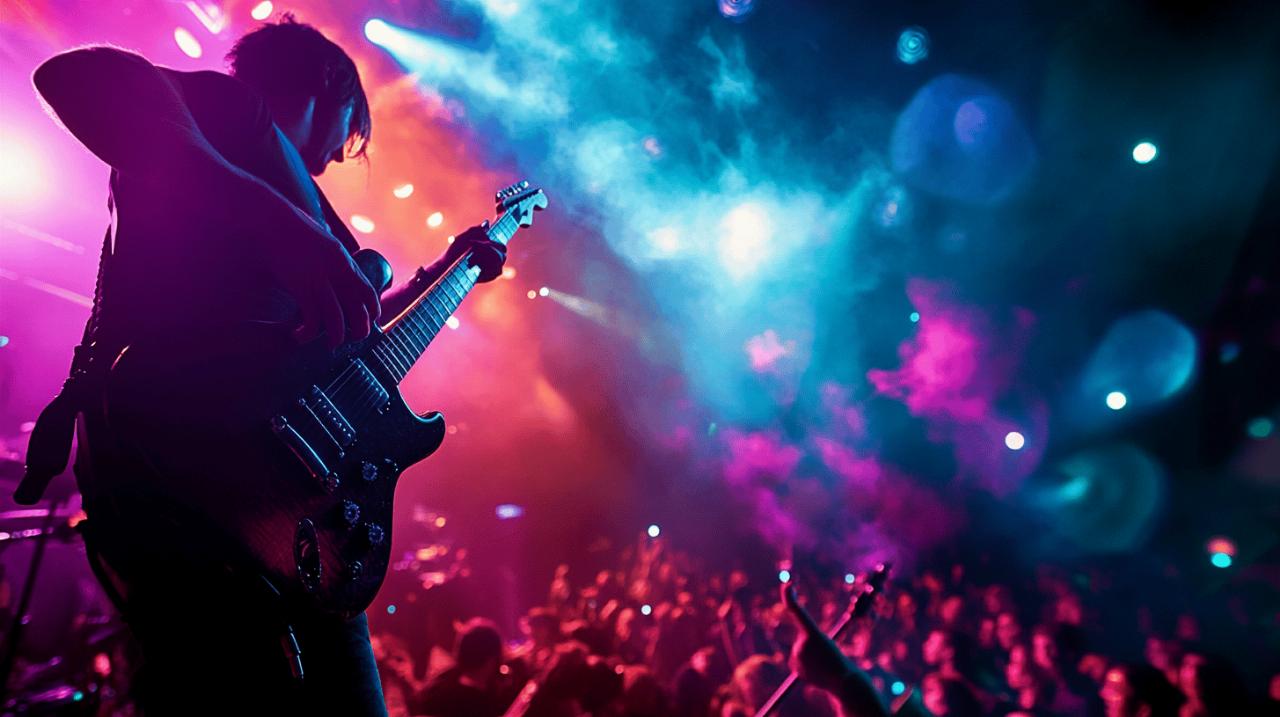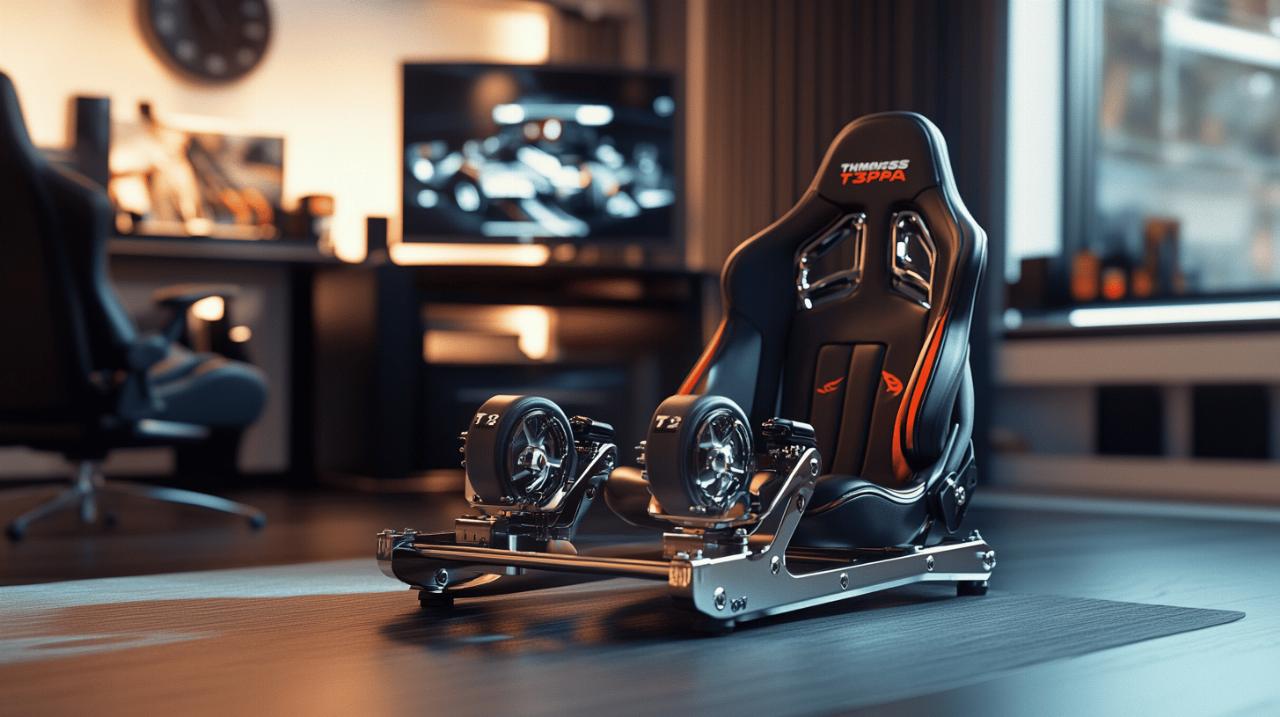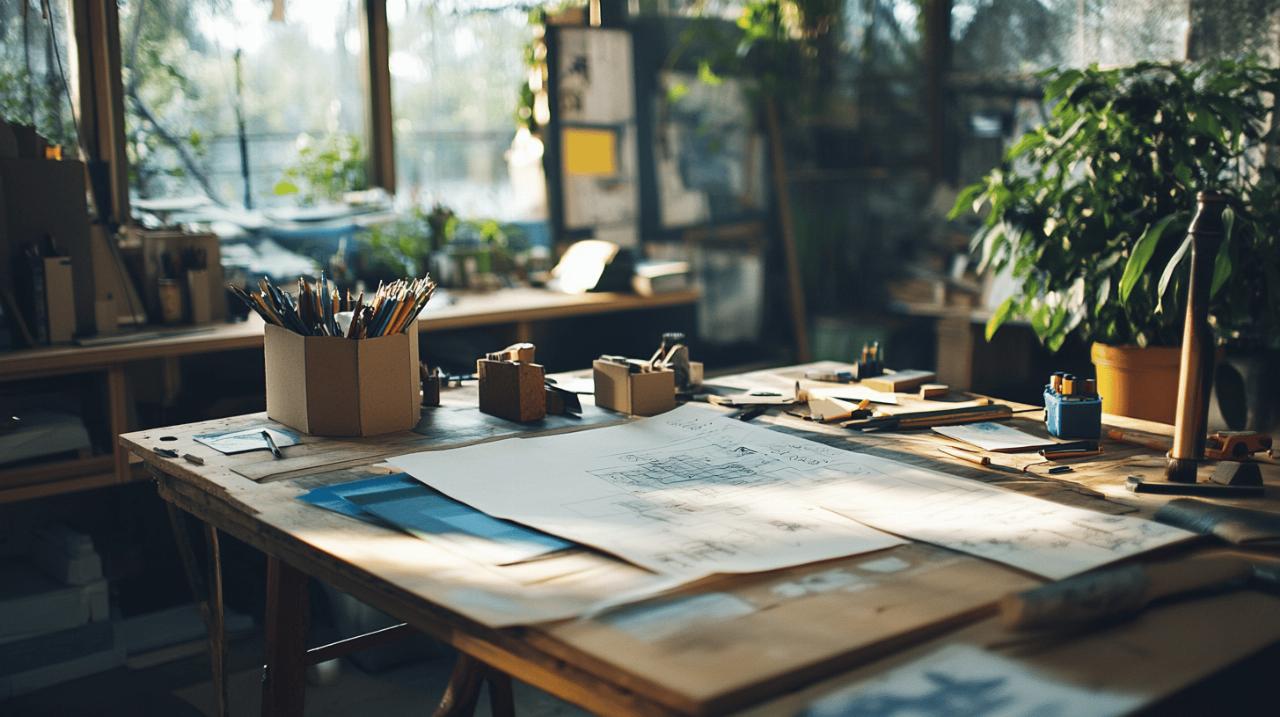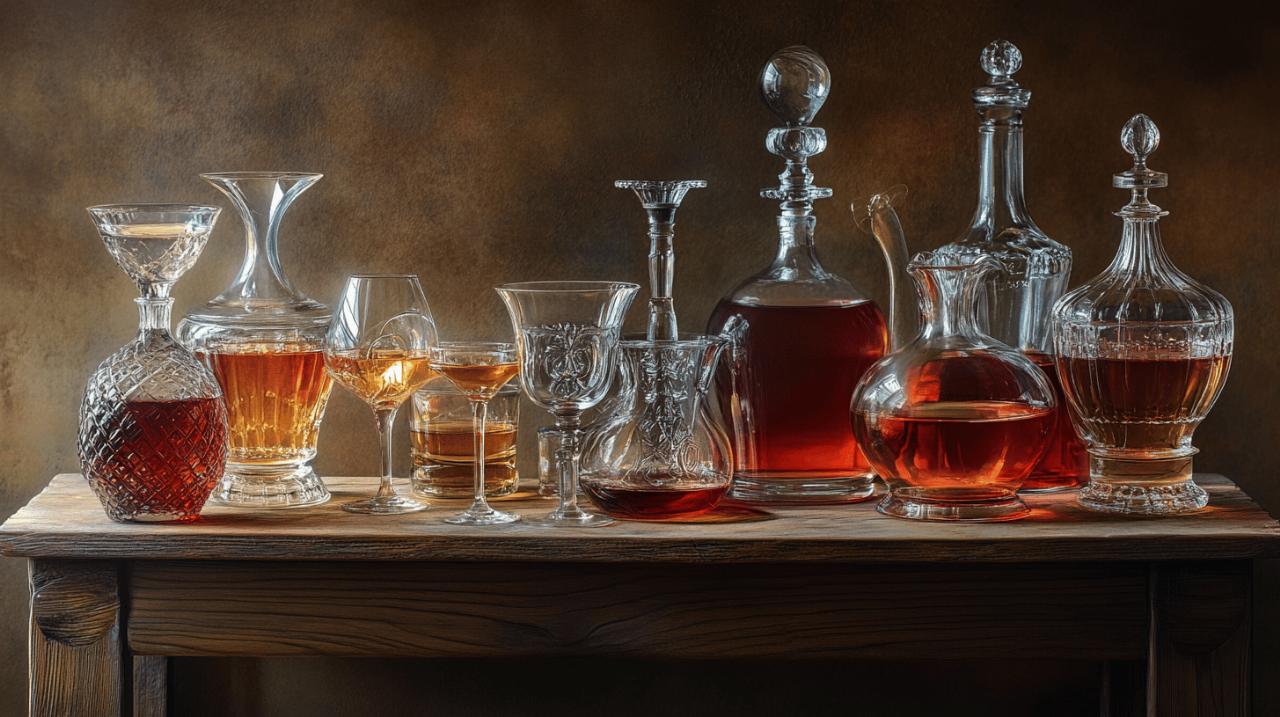The summer of 2009 brought with it a festival experience that left an indelible mark on the landscape of rock music celebrations. Couvre Feu 2009 emerged as a gathering that brought together passionate fans, established bands, and emerging talent, all converging to create an atmosphere charged with the unmistakable electricity that only live music can generate. For those fortunate enough to witness the spectacle, and indeed for the photographers tasked with documenting every moment, it represented a unique opportunity to capture the essence of rock culture in its purest, most unfiltered form. The energy pulsating through the crowd, the sweat-soaked performances under stage lights, and the countless unguarded moments between sets all combined to create a visual narrative that continues to resonate years later.
The electric atmosphere: documenting the festival spirit
Crowd Dynamics and Festival Energy Through the Viewfinder
Photographing a festival like Couvre Feu 2009 required more than simply pointing a camera at the stage. The true artistry lay in capturing the symbiotic relationship between performers and audience, the way energy flowed back and forth like an invisible current connecting thousands of hearts beating to the same rhythm. Festival photography demanded an acute awareness of crowd dynamics, an ability to anticipate when a surge of enthusiasm would ripple through the masses or when a quiet moment of collective reverence would descend. The photographer's lens became a tool for documenting not just individual expressions of joy, abandon, or contemplation, but the collective consciousness of a community united by their love of music.
Within the throngs of festival-goers at Couvre Feu 2009, every face told a story. Some attendees arrived as seasoned festival veterans, their well-worn band shirts and weathered expressions speaking to countless similar experiences. Others were wide-eyed newcomers, experiencing the overwhelming sensory assault of a proper rock festival for the first time. Capturing these diverse reactions required a photographer to move fluidly through the space, sometimes embedded within the crowd itself, sharing in their experience whilst simultaneously documenting it. The challenge was to maintain professional objectivity whilst remaining emotionally connected to the moment, allowing that connection to inform composition and timing without compromising the integrity of the work.
Capturing spontaneous moments between sets and performances
The intervals between performances often yielded the most authentic and revealing photographs. During these transitional periods, when the stage sat temporarily dormant and the crowd collectively caught their breath, a different kind of energy emerged. Friends reconnected, sharing observations about the previous set or debating which act to catch next. Strangers bonded over shared musical tastes, forming fleeting connections that might last only the duration of the festival or potentially evolve into lasting friendships. These were the moments that defined the true spirit of Couvre Feu 2009, and a skilled photographer recognised their value in telling the complete story of the event.
Backstage areas and the spaces just beyond the main performance zones offered their own rich opportunities for documentary-style festival photography. Here, the artifice of the stage performance fell away, revealing musicians as they truly were in those precious moments before or after commanding the attention of thousands. Some paced nervously, running through last-minute preparations or vocal warm-ups. Others sat in quiet contemplation, gathering their thoughts before the emotional and physical expenditure of a live performance. Still others basked in the afterglow of a successful set, adrenaline still coursing through their veins as they processed what they had just experienced. These images provided essential context and depth to the more polished performance shots, reminding viewers that behind every powerful stage presence stood a human being with their own anxieties, aspirations, and artistic vision.
Behind the Stage: Technical Challenges of Live Music Photography
Mastering low light conditions and stage illumination
The technical demands of festival photography presented considerable challenges that required both expertise and adaptability. Stage lighting at rock festivals proved particularly difficult to navigate, as lighting designers crafted atmospheric effects to enhance the musical experience rather than to facilitate photography. Deep shadows could suddenly give way to blinding spotlights, forcing photographers to rapidly adjust exposure settings or risk losing critical moments. The ever-changing colour temperatures created by gel filters and moving lights meant that white balance became a constantly shifting target, requiring either careful manual adjustment or extensive post-processing work to ensure consistency across a set of images.
Low light conditions remained the most persistent obstacle for photographers working at Couvre Feu 2009. Evening and night-time performances, which often featured the most anticipated acts, demanded equipment capable of performing admirably in challenging circumstances. High ISO capabilities became essential, allowing photographers to maintain usable shutter speeds without introducing unacceptable levels of digital noise. Yet even with modern sensor technology, there existed a delicate balance between capturing sharp, well-exposed images and preserving the moody atmosphere that made rock festival photography so compelling. The decision of when to embrace grain as an aesthetic choice and when to prioritise technical perfection required both experience and artistic judgement.
Equipment choices for fast-paced rock festival shooting
Selecting appropriate equipment for festival photography involved weighing numerous factors and making strategic compromises. Fast lenses with wide maximum apertures proved indispensable, allowing adequate light to reach the sensor whilst also providing the shallow depth of field that could isolate subjects against chaotic backgrounds. Professional photographers covering events like Couvre Feu 2009 typically carried multiple camera bodies, ensuring they could continue working if one suffered mechanical failure or allowing them to switch quickly between different focal lengths without changing lenses and potentially missing crucial moments.
The choice of focal lengths represented another critical decision point. Telephoto lenses enabled photographers to capture tight, intimate portraits of performers from positions within the photo pit or even from within the crowd itself, compressing perspective and isolating subjects against blurred backgrounds. Wider angle lenses told a different story, contextualising performances within the broader festival environment and emphasising the relationship between artist and audience. Many photographers adopted a mixed approach, using telephoto glass for performance documentation and switching to wider perspectives for crowd and atmosphere shots. This versatility ensured comprehensive coverage that could serve various editorial or commercial purposes long after the festival concluded.
The Line-Up in Focus: Photographing Established and Emerging Acts
Capturing the Raw Power of Headline Performances
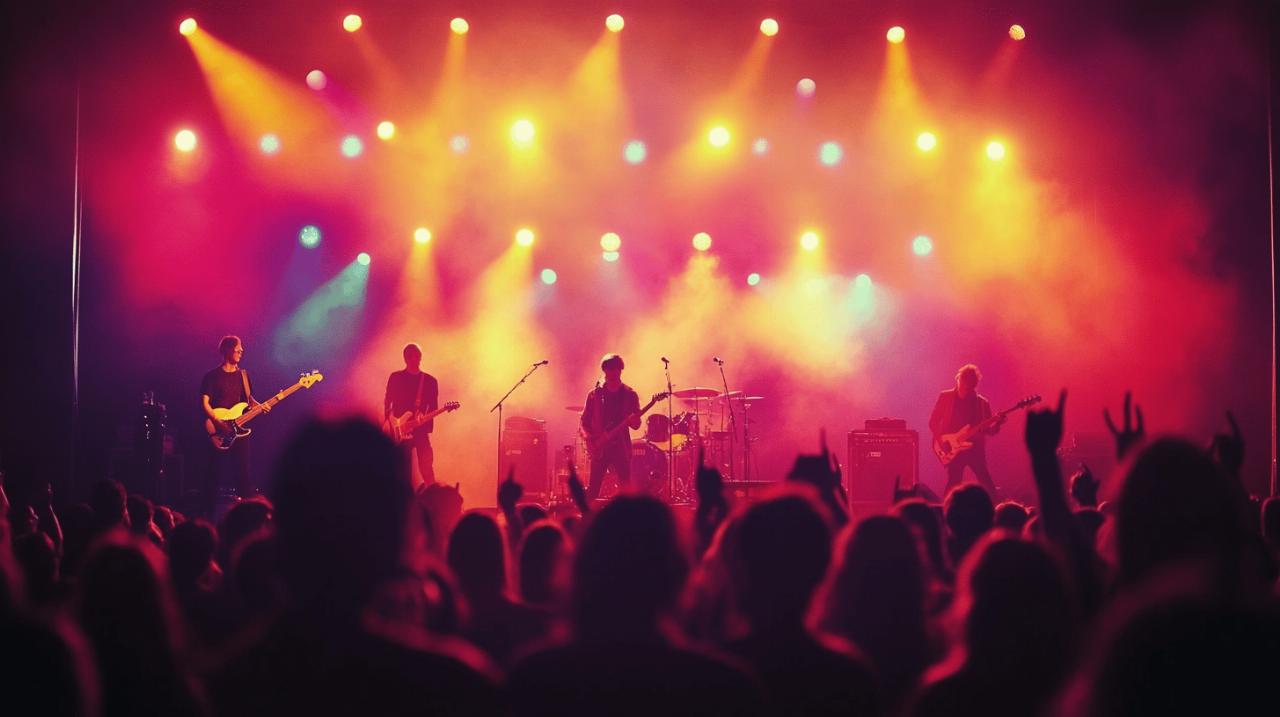 Headline acts at Couvre Feu 2009 brought their own unique challenges and opportunities for photographers. These established performers typically commanded larger stages with more sophisticated production values, including elaborate lighting designs, pyrotechnic effects, and carefully choreographed stage movements. Photographing these spectacles required anticipation and preparation, understanding the arc of a performance and positioning oneself to capture signature moments that defined both the specific concert and the artist's broader aesthetic. The goal was not merely to document what occurred but to create images that encapsulated the essence of why these acts had risen to headline status.
Headline acts at Couvre Feu 2009 brought their own unique challenges and opportunities for photographers. These established performers typically commanded larger stages with more sophisticated production values, including elaborate lighting designs, pyrotechnic effects, and carefully choreographed stage movements. Photographing these spectacles required anticipation and preparation, understanding the arc of a performance and positioning oneself to capture signature moments that defined both the specific concert and the artist's broader aesthetic. The goal was not merely to document what occurred but to create images that encapsulated the essence of why these acts had risen to headline status.
Veteran performers often displayed a keen awareness of the camera's presence, having spent years developing their stage personas and understanding how their movements and expressions translated into still images. This consciousness could work to a photographer's advantage, as artists might hold particularly striking poses just long enough to ensure they were captured. However, it also presented the challenge of distinguishing between genuine moments of artistic expression and calculated performance for the camera. The most compelling photographs often emerged when artists became so absorbed in their music that self-consciousness fell away entirely, revealing raw emotion and authentic connection to their craft.
Spotting tomorrow's legends: up-and-coming talent on film
The emerging artists performing at Couvre Feu 2009 represented a different photographic proposition altogether. These acts, perhaps playing smaller stages earlier in the day, brought an hunger and immediacy to their performances that could yield extraordinarily powerful images. Without the polish and calculated precision of established headliners, these musicians laid everything bare, their desperation to connect with audiences and prove their worth manifesting in every gesture and expression. For photographers, these performances offered the thrilling possibility of documenting an artist at the beginning of their journey, creating images that might gain historical significance should the subject later achieve widespread recognition.
Underground music photography, whether in intimate pub venues or sprawling festival grounds, required a particular sensibility and approach. The photographer needed to respect the authenticity and vulnerability that emerging artists brought to their performances whilst simultaneously maintaining professional standards that would ensure the resulting images served their intended purpose. This balance between artistic empathy and commercial viability defined much of the work produced at events like Couvre Feu 2009, where photographers moved fluidly between documenting established stars and championing tomorrow's potential legends. The resulting archive served multiple purposes, functioning simultaneously as historical record, promotional material, and artistic statement about the enduring power of live music.
Preserving festival memories: the lasting impact of couvre feu 2009
Creating a Visual Archive of a Stonking Festival Experience
The photographs created at Couvre Feu 2009 transcended their immediate purpose of documenting a single weekend's entertainment, evolving into a lasting archive that preserved not just the visual facts of what occurred but the emotional truth of how it felt to be present. Years later, these images serve as portals through which viewers can access memories of their own experiences or vicariously participate in an event they never attended. The value of professional festival photography lies precisely in this ability to capture and preserve ephemeral moments, transforming fleeting experiences into permanent records that can be revisited and reinterpreted across time.
High-resolution photos delivered in professional formats ensured that these memories could be preserved and shared without degradation. The technical specifications mattered because they enabled the images to be reproduced at various sizes and in different contexts without losing quality or impact. Whether appearing in digital formats for immediate sharing on emerging social media platforms or printed in magazines and promotional materials, the photographs from Couvre Feu 2009 maintained their visual integrity and emotional resonance. This attention to technical excellence complemented the artistic vision that guided the original capture, ensuring that the complete festival experience was preserved for posterity.
The art of telling stories through rock photography
Rock festival photography ultimately functions as a form of visual storytelling, with each image representing a single frame in a much larger narrative. The complete collection of photographs from an event like Couvre Feu 2009 should guide viewers through the arc of the festival experience, from the anticipation of arrival through the climactic headline performances and into the exhausted satisfaction of the final encore. This narrative structure requires photographers to think beyond individual compelling images, considering instead how each photograph relates to others in the sequence and contributes to the overall story being told.
The most successful festival photographers develop their own distinctive visual language, a consistent approach to composition, light, and subject matter that makes their work immediately recognisable. This personal style might emphasise gritty realism, capturing the sweat and strain of performance in unflinching detail, or it might lean toward a more ethereal aesthetic that emphasises atmosphere and emotion over literal documentation. Regardless of the specific approach, the goal remains constant: to create images that transcend simple documentation and achieve something approaching art, photographs that reward repeated viewing and reveal new layers of meaning with each examination. The legacy of Couvre Feu 2009 lives on not just in the memories of those who attended but in the carefully crafted visual archive that continues to tell its story to new audiences, preserving a moment in time when music, community, and artistic expression converged to create something truly special.

